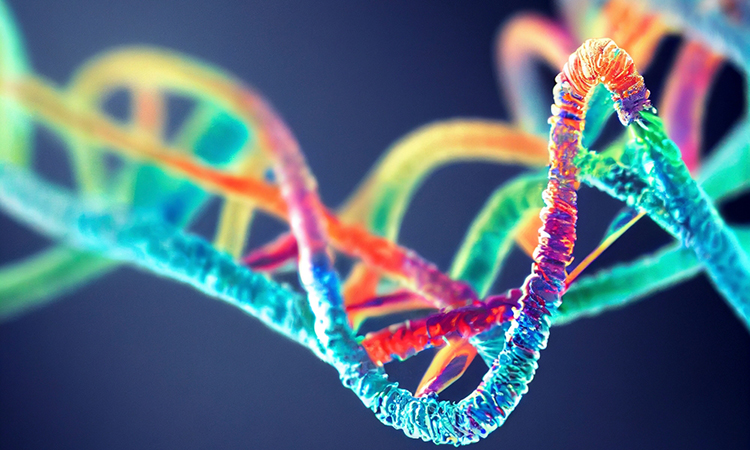New tool reveals hidden complexity of genome architecture
Posted: 20 June 2023 | Izzy Wood (Drug Target Review) | No comments yet
A German team of scientists have developed a technique known as Genome Architecture Mapping that allows them to study complex genome interactions.


Researchers at the Berlin Institute of Medical Systems Biology of the Max Delbrück Centre (MDC-BIMSB), Germany have developed a technique called Genome Architecture Mapping (GAM) that allows scientists to explore the genome in stunning detail. This innovative method, as detailed in a recent study published in Nature Methods, uncovers hidden aspects of the genome’s spatial organisation that were previously invisible to scientists relying solely on Hi-C, a commonly used tool for studying DNA interactions.
Professor Ana Pombo, a molecular biologist and the head of the Epigenetic Regulation and Chromatin Architecture lab, aptly compares the difference between Hi-C and GAM. She explains, “With a black-and-white TV, you can see the shapes, but everything looks grey. But if you have a colour TV and look at flowers, you realise that they are red, yellow, and white, and we were unaware of it. Similarly, there’s also information in the way the genome is folded in three dimensions that we have not been aware of.”
Understanding the organisation of DNA within the nucleus can provide valuable insights into the foundations of health and disease. Despite the daunting task of compacting a 2-meter-long genome into a nucleus with a diameter of just 10 micrometers, cells manage to precisely arrange the DNA to ensure that regulatory elements come into contact with the appropriate genes at the right time, enabling the activation and suppression of genes. Any disruptions in this three-dimensional configuration can lead to disease.
Dr Robert Beagrie, co-first author of the study and a molecular biologist at the University of Oxford, who previously worked in the Pombo lab, notes, “We’ve known for a long time that diseases run in families. More recently, we’ve come to understand that a great deal of this predisposition is because we inherit DNA sequence variants from our parents that affect how our genes are switched on and off.”
Both Hi-C and GAM techniques allow scientists to freeze DNA interactions and study them. Hi-C involves cutting the chromatin into fragments, which are then reassembled to reveal two-way DNA interactions upon sequencing. In contrast, GAM, initially introduced by the Pombo team in Nature in 2017, involves slicing hundreds of thin sections of individual cell nuclei and extracting the DNA from each slice. The DNA is then sequenced and statistically analysed to identify regions that interact.
Through the utilisation of GAM, the research team was able to construct a comprehensive map of three-dimensional interactions within the genome. When comparing this map with existing 3D genome maps created using Hi-C, they discovered numerous novel interactions that had not been previously observed. This finding initially puzzled the researchers until they realised that GAM had the ability to unveil more complex interactions, with multiple DNA regions coming together simultaneously.
Dr Christoph Thieme, co-first author of the study and a senior postdoctoral fellow in the Pombo lab, explains, “These more complex contacts contain active genes, regulatory regions, and super enhancers, which regulate important genes that determine cell identity.”
The researchers discovered that GAM captured a significantly higher number of complex interactions compared to Hi-C, which primarily detected two-way interactions. These two techniques are complementary, as GAM revealed contacts that were invisible to Hi-C and vice versa.
Beagrie expressed his excitement about the study’s findings, stating, “I was super excited to see that we had uncovered a really strong effect. It is clear that these complex interactions were much more common than we had previously appreciated.”
Related topics
DNA, Genetic Analysis, Genome Editing, Genomics
Related organisations
Berlin Institute of Medical Systems Biology of the Max Delbrück Centre (MDC-BIMSB)
Related people
Dr Christoph Thieme, Dr Robert Beagrie, Professor Ana Pombo







